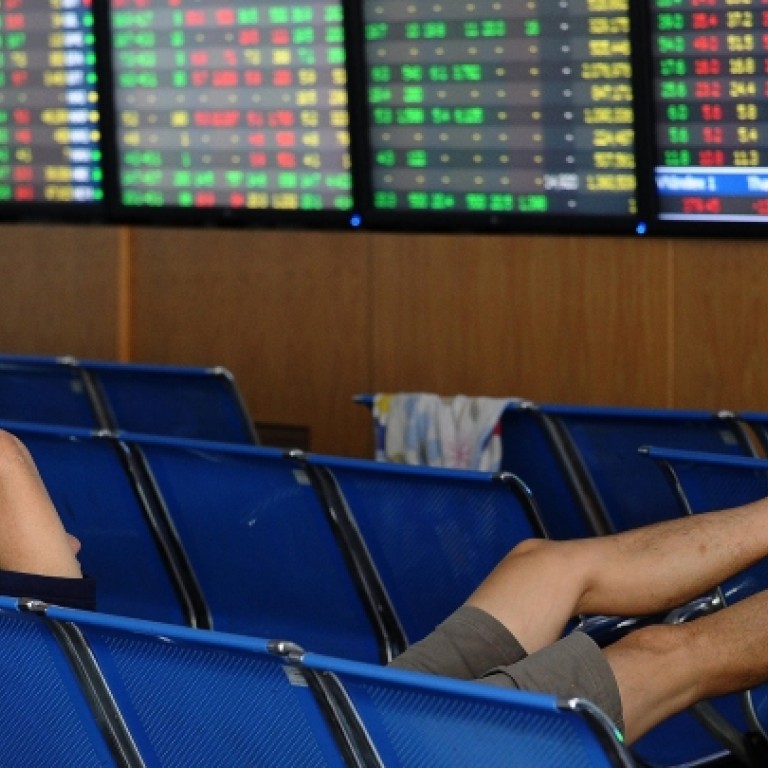
Do-it-yourself investing gives you much more freedom
Bypassing a professional manager is a viable route to investment success depending on your skills, experience and ability to do the research
In the past decade, there has been an explosion in growth of DIY (do-it-yourself) investing as evidenced by the surge in exchange-traded funds and their index-linked equivalents. And I see more families going direct into private equity deals and public securities ranging from stocks and bonds to derivatives.
The benefits include lower costs, the ability to immediately liquidate most investments without the hassles of fund redemption notices and delayed payment, and more control over one's financial destiny.
There is another, not-so-publicised benefit: reducing "stampede risk". Joining other investors in a fund who might panic at a whiff of poor performance or bad news could lead them to run for the exits, thereby driving down prices and stampeding long-term investors with more patience.
For those investors who indeed want to exit when markets get turbulent, holding investments directly makes selling easy. Individuals can always find a way to sell the publicly traded stocks and bonds, as their holdings are relatively small, and the market can absorb their stake even in the most panicked conditions.
This is not always true with funds, where managers may put up gates to prevent investors from exiting their funds. That was certainly the case during the global credit crisis, when I saw that many clients were locked into funds for years.
And let's not forget more than half of fund managers underperform their benchmarks (one recent study mentioned that only about 38 per cent of US stock fund managers beat their benchmarks over the past five years). An individual might think that surely he cannot do much worse than professional managers.
But is DIY investing a panacea? Certainly not. There is a trade-off between going it alone and paying for professional advice. For example, individual investors typically do not have the time or expertise to continuously research, trade and monitor their investments, as funds do.
And if you think you are safe investing in ETFs, think again. The instruments often reflect what is popular, not what is cheap. Consider the high allocations to tech and commodities in the recent past, before both sectors fell out of favour.
In addition, ETFs can use derivatives involving counterparty risks and hidden costs, the pitfalls of which have been explained on these pages.
But before focusing on the micro issues of DIY investing, an investor must also consider the big picture of allocation across asset classes, regions and currencies. After coming up with an investment plan that includes strategic asset allocation and any relevant tax, risk management and other parameters, only then can an investor consider particular investments.
If the investor is not overwhelmed at this point, then she can drill down to particular asset classes and honestly answer the most important question: can I add value by investing direct or should I seek out trusted fund managers? To boil down the point, the question should be: can I outperform my targeted benchmark?
The honest answer should be based on your skills and experience, and the amount of time that you are able to allocate to DIY investing, where decisions should not be based on a simple coin toss.

